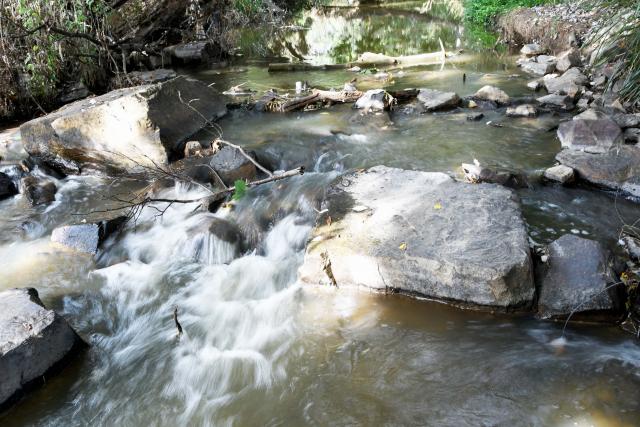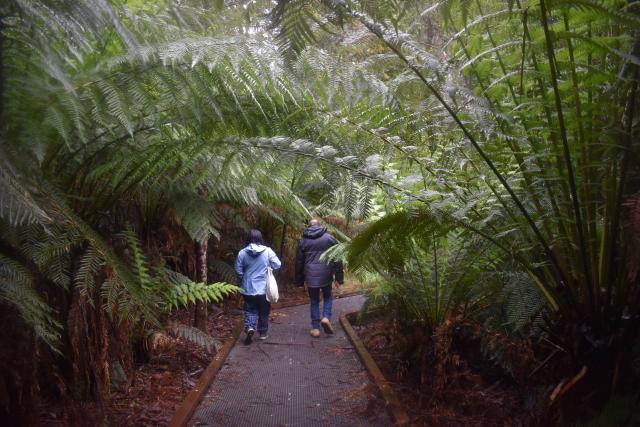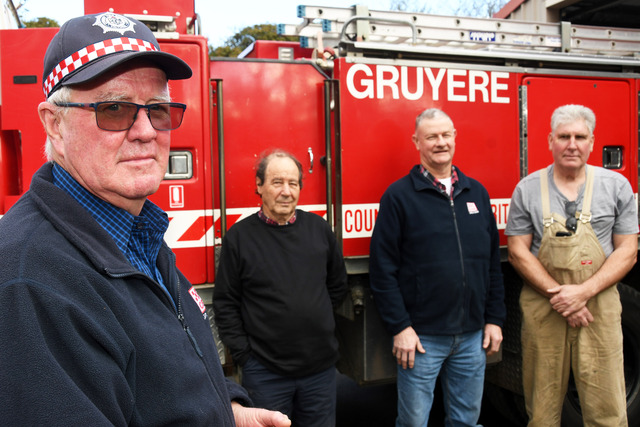In a combined effort of scientists, biologists and conservationists, evidence of platypus young thriving in the Olinda Creek in Lilydale was found earlier this month.
The joint surveillance project, led by Melbourne Water, saw it partner with the Australian Platypus Conservancy (APC) and Ecology Australia to assess the health of the waterway.
Heading out on the night of Thursday 9 March, a trapping survey led to the discovery of a healthy juvenile male platypus.
A Melbourne Water spokesperson said the study of Olinda Creek was part of the broader monitoring of waterways to keep count of platypus and measure their age, gender, size and condition.
“Melbourne Water is monitoring the health of platypus in waterways across the Greater Melbourne region,” the spokesperson said.
“The discovery of the juvenile male platypus in Olinda Creek is a positive sign that this waterway supports these iconic species.”
Concern had been raised over the platypus population in the creek due to recent flooding that may have impacted breeding.
“It was feared that flooding along this creek last spring may have disrupted the breeding season so finding evidence of successful reproduction was a great outcome,” the APC posted to social media after the survey.
The Melbourne Water spokesperson said this survey would contribute to the organisation’s understanding of the movement, resilience and individual health of platypus.
“Olinda Creek is known to have a platypus population that we continue to monitor as part of Melbourne Water’s commitment to waterway management and protecting ecological values,” they said.
Melbourne Water has a commitment to supporting nine key areas to ensure the health of a waterway, including fish, platypus, frogs, birds, macroinvertebrates, vegetation, amenity, community connection – with each other and nature and recreation.
As a sub-catchment of the Yarra River, which used to act as an industrial waste and sewage disposal in the 1970s, ensuring the health of not only the creek but the creatures and people who live in and around it is essential to the ongoing environmental benefit of the Yarra Ranges.








